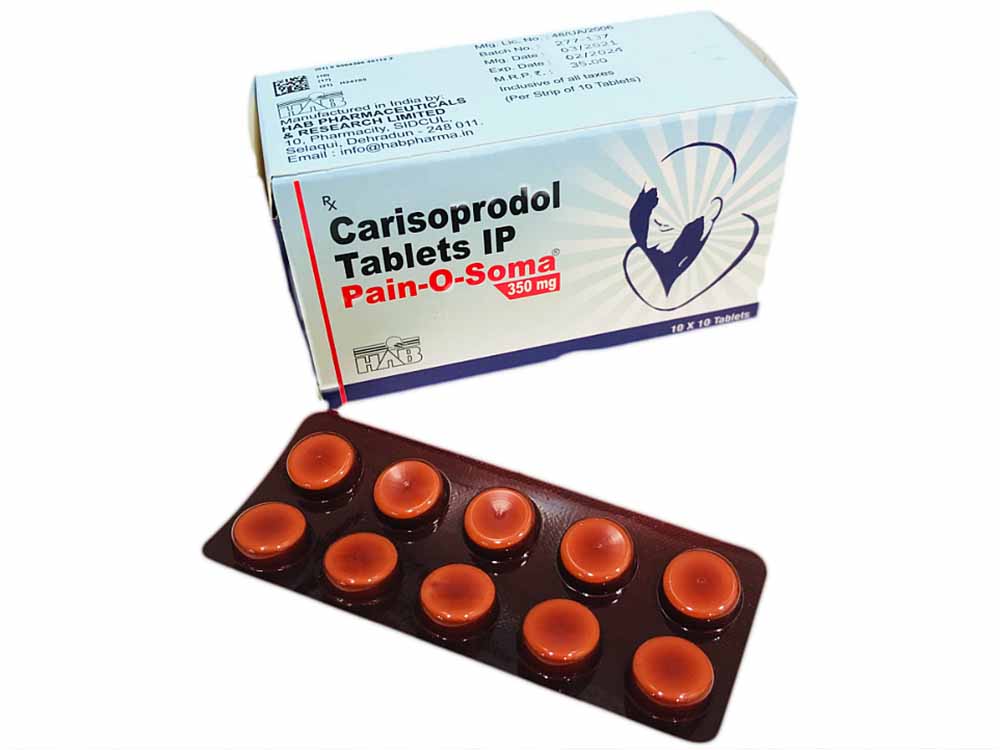Carisoprodol in 2006: Usage, Risks, and Regulatory Scrutiny
Carisoprodol, a muscle relaxant medication, gained attention in 2006 due to its widespread usage, associated risks, and regulatory scrutiny. This exploration delves into the multifaceted aspects that defined carisoprodol in 2006, encompassing its medical applications, potential for abuse, adverse effects, regulatory actions, and the broader context of pharmaceutical oversight.
Medical Applications and Usage
Muscle Relaxant Properties:
Carisoprodol is primarily prescribed for the short-term relief of muscle spasms and associated discomfort. It works by affecting the central nervous system, producing sedative effects that help alleviate muscle tension and pain.
Common Indications:
Physicians often prescribe carisoprodol for conditions such as back pain, musculoskeletal injuries, and other acute musculoskeletal disorders. The medication is typically recommended for short-term use to minimize the risk of dependence and adverse effects.
Potential for Abuse and Dependency
Risk of Addiction:
Despite its therapeutic benefits, carisoprodol carries a risk of abuse and dependency, particularly when used for prolonged periods or in higher doses than prescribed. The medication’s sedative effects can produce feelings of euphoria and relaxation, making it appealing to individuals seeking to self-medicate or misuse it for recreational purposes.
Withdrawal Symptoms:
Long-term use of carisoprodol can lead to physical dependence, resulting in withdrawal symptoms upon discontinuation. These symptoms may include anxiety, insomnia, muscle tremors, and rebound muscle spasms, underscoring the importance of cautious prescribing and monitoring.
Adverse Effects and Safety Concerns
Central Nervous System Effects:
Carisoprodol’s sedative properties can impair cognitive function and motor coordination, potentially leading to drowsiness, dizziness, and impaired judgment. Patients are advised to avoid activities requiring mental alertness, such as driving or operating machinery, while taking the medication.
Risk of Overdose:
In cases of overdose, carisoprodol can cause profound central nervous system depression, respiratory depression, and even death. Concurrent use with other central nervous system depressants, such as opioids or benzodiazepines, further increases the risk of overdose and adverse outcomes.
Regulatory Actions and Oversight
Schedule IV Classification:
In response to concerns about carisoprodol’s abuse potential and safety profile, regulatory authorities in various countries implemented measures to restrict its availability. In the United States, the Drug Enforcement Administration (DEA) classified carisoprodol as a Schedule IV controlled substance, subjecting it to tighter controls and monitoring.
Prescription Monitoring Programs:
Several states in the US established prescription drug monitoring programs (PDMPs) to track the prescribing and dispensing of controlled substances, including carisoprodol. These programs aim to prevent misuse, diversion, and overprescribing of potentially addictive medications.
Conclusion
Carisoprodol in 2006 was characterized by its therapeutic utility for managing musculoskeletal disorders, alongside concerns regarding its abuse potential, adverse effects, and regulatory oversight. The medication’s complex profile underscores the importance of balanced prescribing practices, patient education, and regulatory vigilance to mitigate risks and ensure safe usage.











